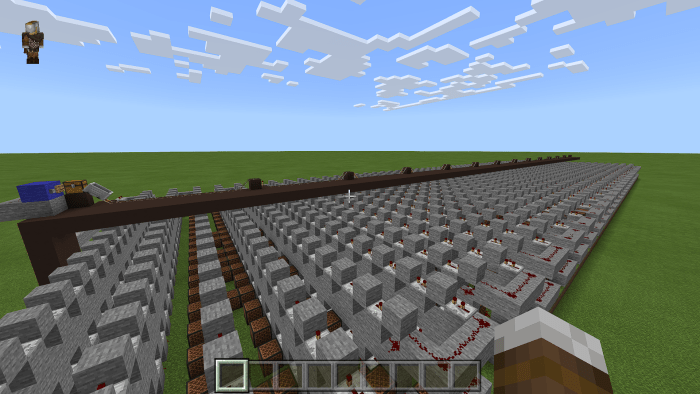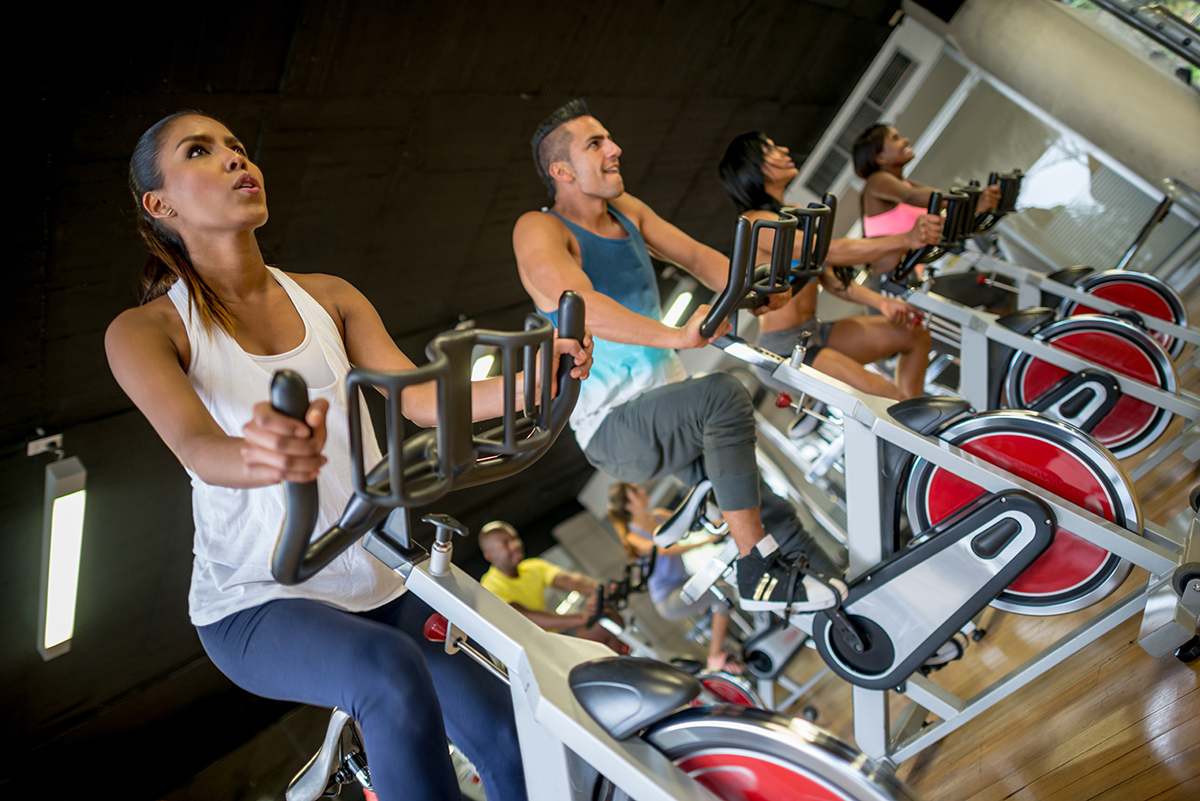- Note Block Studio Colors
- Note Block Studio Generator
- Note Block Studio Files
- Note Block Studio Resource Pack

Minecraft Note Block Studio 3.6.0 is free to download from our software library. Minecraft Note Block Studio was developed to work on Windows XP, Windows Vista, Windows 7, Windows 8 or Windows 10 and is compatible with 32-bit systems. The file size of the latest installation package available is 8.6 MB. This free software is an intellectual. Minecraft Note Block Studio. 4.2 on 157 votes. The Minecraft Note Block Studio is a music editor for the popular sandbox game Minecraft. The Minecraft Note Block Studio is a fan-made, external music editor for Minecraft. With it, users can compose complex note block songs without redstone knowledge, though some minor musical instrument knowledge is required. In the software, the range of the note blocks can go far beyond the 2 octaves allowed in Minecraft and custom instruments may be added from sound files. In January 2019. Open Note Block Studio An open source continuation of Minecraft Note Block Studio with exciting new features. Open Note Block Studio An open source note block song editor Download (3.8.2). Tutorials for Minecraft Note Block Studio.
Part 1: Header
The header contains information about the file, all the data must be in the following order:

| Type | Name | Description |
|---|---|---|
| Short | The first 2 bytes are always zero. In the old NBS format, this used to be song length, which can never be zero. This is how you can check whether a .nbs file is using the new format. | |
| Byte | NBS version | The version of the new NBS format. |
| Byte | Vanilla instrument count | Amount of default instruments when the song was saved. This is needed to determine at what index custom instruments start. |
| Short | Song length | The length of the song, measured in ticks. Divide this by the tempo to get the length of the song in seconds. Note Block Studio doesn't really care about this value, the song size is calculated in the second part. (Note: this was re-added in NBS version 3) |
| Short | Layer count | The last layer with at least one note block in it, or the last layer that has had its name, volume or stereo changed. |
| String | Song name | The name of the song. |
| String | Song author | The author of the song. |
| String | Song original author | The original author of the song. |
| String | Song description | The description of the song. |
| Short | Song tempo | The tempo of the song multiplied by 100 (for example, 1225 instead of 12.25). Measured in ticks per second. |
| Byte | Auto-saving | Whether auto-saving has been enabled (0 or 1). As of NBS version 4 this value is still saved to the file, but no longer used in the program. |
| Byte | Auto-saving duration | The amount of minutes between each auto-save (if it has been enabled) (1-60). As of NBS version 4 this value is still saved to the file, but no longer used in the program. |
| Byte | Time signature | The time signature of the song. If this is 3, then the signature is 3/4. Default is 4. This value ranges from 2-8. |
| Integer | Minutes spent | Amount of minutes spent on the project. |
| Integer | Left-clicks | Amount of times the user has left-clicked. |
| Integer | Right-clicks | Amount of times the user has right-clicked. |
| Integer | Note blocks added | Amount of times the user has added a note block. |
| Integer | Note blocks removed | The amount of times the user have removed a note block. |
| String | MIDI/Schematic file name | If the song has been imported from a .mid or .schematic file, that file name is stored here (only the name of the file, not the path). |
| Byte | Loop on/off | Whether looping is on or off. (0 = off, 1 = on) |
| Byte | Max loop count | 0 = infinite. Other values mean the amount of times the song loops. |
| Short | Loop start tick | Determines which part of the song (in ticks) it loops back to. |
Part 2: Note blocks
The next part contains the information about how the note blocks are placed, what instruments they have and what note. As you may know, the song is divided into ticks (horizontally) and layers (vertically). Often, a majority of the ticks and layers in the song are empty, which is why we specify the amount of 'jumps' to the next active tick or layer, rather than just a bunch of empty slots.
The pattern of the note block format is as follows:

| Type | Name | Description |
|---|---|---|
| Short | Jumps to the next tick | The amount of 'jumps' to the next tick with at least one note block in it. We start at tick -1. If the amount of jumps is 0, the program will stop reading and proceed to the next part. |
| Short | Jumps to the next layer | Once we have found an active tick, we read the amount of vertical jumps to the next layer. We start at layer -1. If this is 0, we go back to step 1. If not, we have found a note block! |
| Byte | Note block instrument | The instrument of the note block. This is 0-15, or higher if the song uses custom instruments. 0 = Piano (Air) 1 = Double Bass (Wood) 2 = Bass Drum (Stone) 3 = Snare Drum (Sand) 4 = Click (Glass) 5 = Guitar (Wool) 6 = Flute (Clay) 7 = Bell (Block of Gold) 8 = Chime (Packed Ice) 9 = Xylophone (Bone Block) 10 = Iron Xylophone (Iron Block) 11 = Cow Bell (Soul Sand) 12 = Didgeridoo (Pumpkin) 13 = Bit (Block of Emerald) 14 = Banjo (Hay) 15 = Pling (Glowstone) |
| Byte | Note block key | The key of the note block, from 0-87, where 0 is A0 and 87 is C8. 33-57 is within the 2-octave limit. |
| Byte | Note block velocity | The velocity/volume of the note block, from 0% to 100%. |
| Byte | Note block panning | The stereo position of the note block, from 0-200. 100 is center panning. |
| Short (Signed) | Note block pitch | The fine pitch of the note block, from -32,768 to 32,767 cents (but the max in Note Block Studio is limited to -1200 and +1200). 0 is no fine-tuning. ±100 cents is a single semitone difference. After reading this, we go back to step 2. |
Part 3: Layers
Note Block Studio Colors

This part is optional. You can choose to stop writing here and the Note Block Studio will still load the song. However, you cannot simply jump to the next part.
Here the information about the layers are stored, which includes their name, volume and stereo. These values are repeated the same number of layers in the song (the song height, specified in the header):
Note Block Studio Generator
| Type | Name | Description |
|---|---|---|
| String | Layer name | The name of the layer. |
| Byte | Layer lock | Whether or not this layer has been marked as locked. 1 = locked. |
| Byte | Layer volume | The volume of the layer (percentage). Ranges from 0-100. |
| Byte | Layer stereo | How much this layer is panned to the left/right. 0 is 2 blocks right, 100 is center, 200 is 2 blocks left. |
Part 4: Custom instruments
Finally, the custom instruments of the song are stored. Like the previous part, this is optional. You can stop writing here and the song will still be loaded.
A song can have a maximum of 18 custom instruments, each with a name and sound file assigned to it. The sound file must be located in the /Sounds folder of the Minecraft Note Block Studio directory. Before we begin, we need to know the amount of custom instruments:
| Type | Name | Description |
|---|---|---|
| Byte | Custom instruments | The amount of custom instruments (0-18). |

Paragon ntfs for mac 15 serial number free. The next four values are repeated the number of custom instruments:
| Type | Name | Description |
|---|---|---|
| String | Instrument name | The name of the instrument. |
| String | Sound file | The sound file of the instrument (just the file name, not the path). |
| Byte | Sound pitch | The pitch of the sound file. Just like the note blocks, this ranges from 0-87. Default is 45 (F#4). |
| Byte | Press key | Whether the piano should automatically press keys with this instrument when the marker passes them (0 or 1). |
- Deliver and maintain services, like tracking outages and protecting against spam, fraud, and abuse
- Measure audience engagement and site statistics to understand how our services are used
- Improve the quality of our services and develop new ones
- Deliver and measure the effectiveness of ads
- Show personalized content, depending on your settings
- Show personalized or generic ads, depending on your settings, on Google and across the web
Note Block Studio Files
For non-personalized content and ads, what you see may be influenced by things like the content you’re currently viewing and your location (ad serving is based on general location). Personalized content and ads can be based on those things and your activity like Google searches and videos you watch on YouTube. Personalized content and ads include things like more relevant results and recommendations, a customized YouTube homepage, and ads that are tailored to your interests.Note Block Studio Resource Pack
Click “Customize” to review options, including controls to reject the use of cookies for personalization and information about browser-level controls to reject some or all cookies for other uses. You can also visit g.co/privacytools anytime.